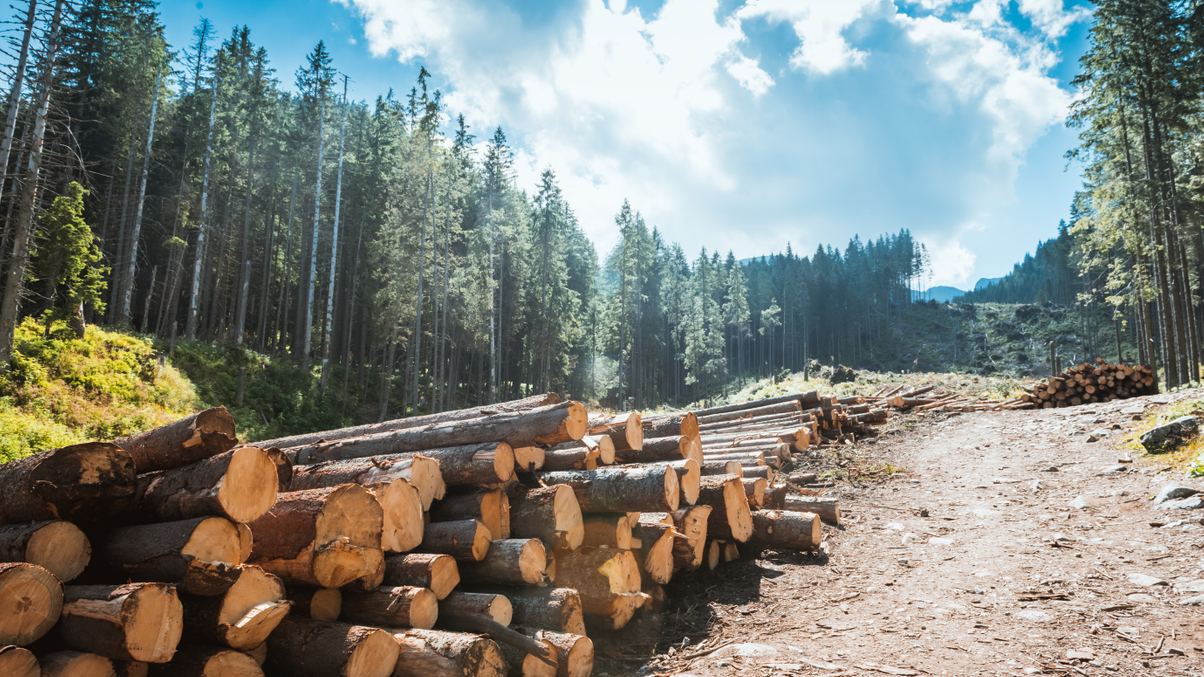NPS looks to timberland for diversification, ESG benefits
The Korean pension fund giant is venturing into timberland investment, and more asset owners are expected to follow suit as they seek diversification and sustainable investments.

Korea’s National Pension Service (NPS) is making its first-ever investment into timberland to diversify its portfolio as part of its broader efforts to diversify its large portfolio into overseas and alternative assets and underscore its rising credentials in environmental, social and governance (ESG) considerations.
Sign In to Your Account
Access Exclusive AsianInvestor Content!
Please sign in to your subscription to unlock full access to our premium AI resources.
Free Registration & 7-Day Trial
Register now to enjoy a 7-day free trial—no registration fees required. Click the link to get started.
Note: This free trial is a one-time offer.
¬ Haymarket Media Limited. All rights reserved.


